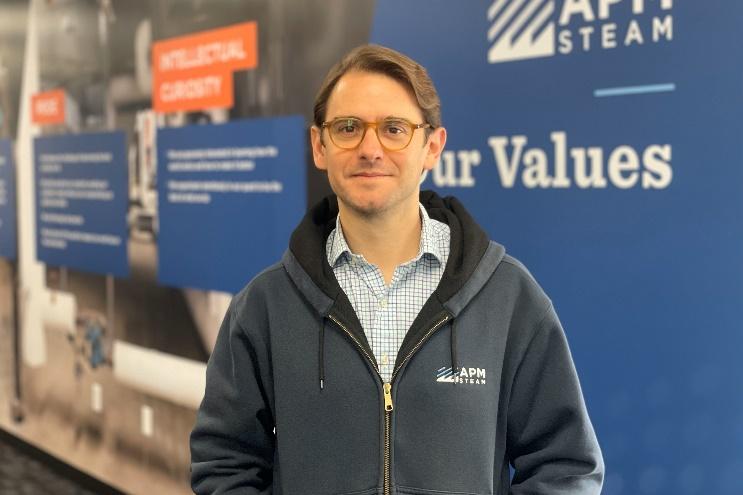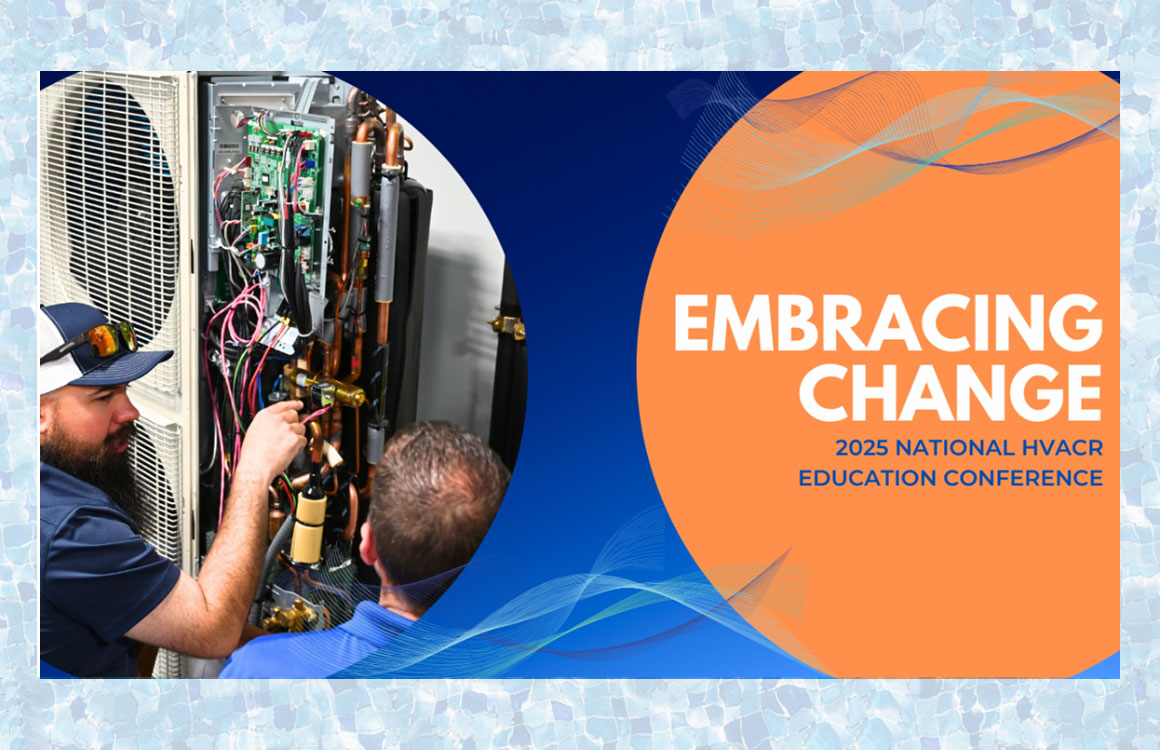
News
Carbon Monoxide: When to Test the Intake of Condensing Equipment
By David Richardson

Those who conduct combustion tests regularly understand how frustrating it can be to identify the source of unstable CO (carbon monoxide) and O2 (oxygen) readings. If you’re testing a direct-vent (two-pipe) 90% condensing furnace, a simple test can help you eliminate one potential cause of unstable combustion – flue gas recirculation.
Often you may see visual clues of recirculation such as, rusting in the burner compartment and condensation, but don’t know the cause. Let’s look at how to test the furnace intake with a combustion analyzer to identify this elusive problem.
Confusing Combustion Readings
There are measurable signs that identify recirculation is happening in a furnace, but you won’t discover them unless you test and know what how to interpret the readings.
When you test, you may have seen combustion readings that follow a rollercoaster type pattern – they fluctuate up and down repeatedly, but never stabilize. These readings can leave you scratching your head and cause you to doubt your diagnosis.
Stable CO readings below 100 parts per million (ppm) indicate the equipment is venting properly. However, rollercoaster CO readings during the run cycle could indicate flue gas recirculation.
Example of Stable CO Readings
| 2 minutes | 4 minutes | 6 minutes | 8 minutes | 10 minutes | 12 minutes |
| 30 ppm | 30 ppm | 30 ppm | 30 ppm | 30 ppm | 30 ppm |
In the example above, the CO measurement remains stable as the equipment continues to operate over a 12-minute span. The CO readings remain below 100 ppm and are stable. In the above example, the equipment is venting properly.
Example of Unstable CO Readings
| 2 minutes | 4 minutes | 6 minutes | 8 minutes | 10 minutes | 12 minutes |
| 20 ppm | 25 ppm | 22 ppm | 25 ppm | 19 ppm | 25 ppm |
In this example, the CO measurement continues to go up and down and doesn’t stabilize. This is a furnace that might be recirculating flue gas. CO levels will continue to fluctuate until the equipment cycles off. A traditional one-time test will miss this issue. On certain occasions, the CO may continue to rise during the run cycle which indicates unsafe operation.
Items You’ll Need
To determine flue gas recirculation, you’ll need the same instrument, tools and materials you use to perform combustion testing. Your readings are simply taken in a different pipe. Here are the items you’ll want with you when you perform the test.
- A quality combustion analyzer capable of reading CO and O2.
- Cordless drill or impact gun with a 1/2-in. step bit (to install a test port in the combustion air intake).
- 3/8-in. test port plugs (to seal the intake opening once you’ve completed your testing).
Once you have these items, you’re ready to test.
How to Perform the Test
Be sure you’re using a personal low-level CO monitor to guarantee your safety while you’re testing. Don’t assume the air you’re breathing is safe. Locate the furnace intake pipe and install a 3/8” test port where it’s easy to access. This is usually 12-in. from the furnace.
Make sure your combustion analyzer is running and properly zeroed out as it reads ambient air conditions. The analyzer should read 0 ppm CO and 20.9% O2 in open air.
With the furnace running, place the analyzer probe in the combustion air intake and observe your CO and O2 readings. Be patient. Recirculation might not show up as soon as you place the probe into the intake. You may need to watch the readings for several minutes, especially if it’s windy outside.
What Your Readings Should Be
If the furnaces intake is operating as intended with no recirculation, your CO should be 0 ppm and the O2 should be 20.9%. The same measurements you would read in ambient outdoor air.
If you measure any CO or O2 less than 20.9% in the intake pipe, there’s a high possibility flue gas is recirculating from the exhaust vent. It’s time to go outside and investigate further.
How to Correct the Problem
Your first stop should be to look at the termination of the exhaust vent. If you’re lucky, it’s cold enough to see the flue gases. You might be able to see recirculation taking place. If there are bushes or other obstructions blocking the termination, remove or position them so they don’t interfere with the furnace venting.
If there are no obstructions, there is a two-pipe termination installed according to manufacturer specifications, and you still show flue recirculation, you may need additional distance between the intake and exhaust.
If the termination is a concentric fitting, make sure the exhaust and intake vents are connected to the correct fitting ports. If they are attached correctly, you may need to install an exhaust extension to blow flue gases away from the intake.
Next Steps
Look at the combustion readings on your next service or maintenance call involving a 90% furnace. If you discover rollercoaster CO and O2 readings in the flue, perform this quick intake test. Remember, unless you test, you’re just guessing. Use the test to assure flue gas recirculation doesn’t occur on your installations and proactively eliminate problems.
About the Author
David Richardson serves the HVAC industry as a curriculum developer and trainer at the National Comfort Institute, Inc. (NCI). NCI specializes in training focused on improving, measuring, and verifying HVAC and Building Performance. If you’re an HVAC contractor or technician interested in learning more about adding combustion testing to your services, contact David at davidr@ncihvac.com or call him at 800-633-7058. NCI’s website www.nationalcomfortinstitute.com is full of free technical articles and downloads to help you improve your professionalism and strengthen your company.














